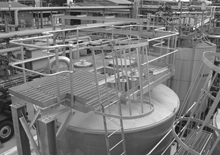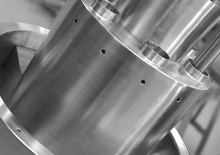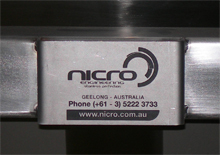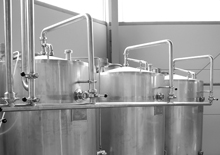
FAQ
Galvanic/Dissimilar Metal Corrosion (Version 2 - May 2009)
Contact between dissimilar metals occurs frequently but is often not a problem. The aluminum head on a cast iron block, the solder on a copper pipe, galvanising on a steel purling are common examples. The Galvanic/Dissimilar Metal Corrosion Technical FAQ provides some answers to the problem and steps on how to avoid it.
Read more...
Cleaning Your Indoor Stainless Steel
Retaining a sparkling finish on stainless steel surfaces is just a matter of a few simple steps. And you don't need expensive products or special equipment - ordinary household cleaners are usually all that's required. This Technical FAQ provides quick and easy tips for keeping that shine. You just need to bear in mind a few easy DOs and DON'Ts ...
Magnetic Effects of Stainless Steel
The magnetic properties of materials are affected by their composition, metallic structure, processing methods and physical condition. Ferromagnetic materials are strongly attracted to a permanent magnet and may also be magnetised to act as a permanent magnet.
Testing for Grade Confirmation
Raw material price fluctuations and increasing demand for stainless steels have driven demand for lower cost alloys as alternatives to the traditional “300” series steels. This has been met through a range of existing and new, innovative steels with different properties, performance and availability. But as with the traditional stainless steels you can't tell what they are by looking at them. This article describes a range of test methods available for grade confirmation.
Read more...
Galling and its Control
Austenitic stainless steels are widely used for corrosion resistant bolting. One of the major problems in use is that disassembly is difficult because nuts and bolts seize. This phenomenon is known as galling and it is most prevalent with intermittently operated, slowly sliding surfaces.
Read more...




